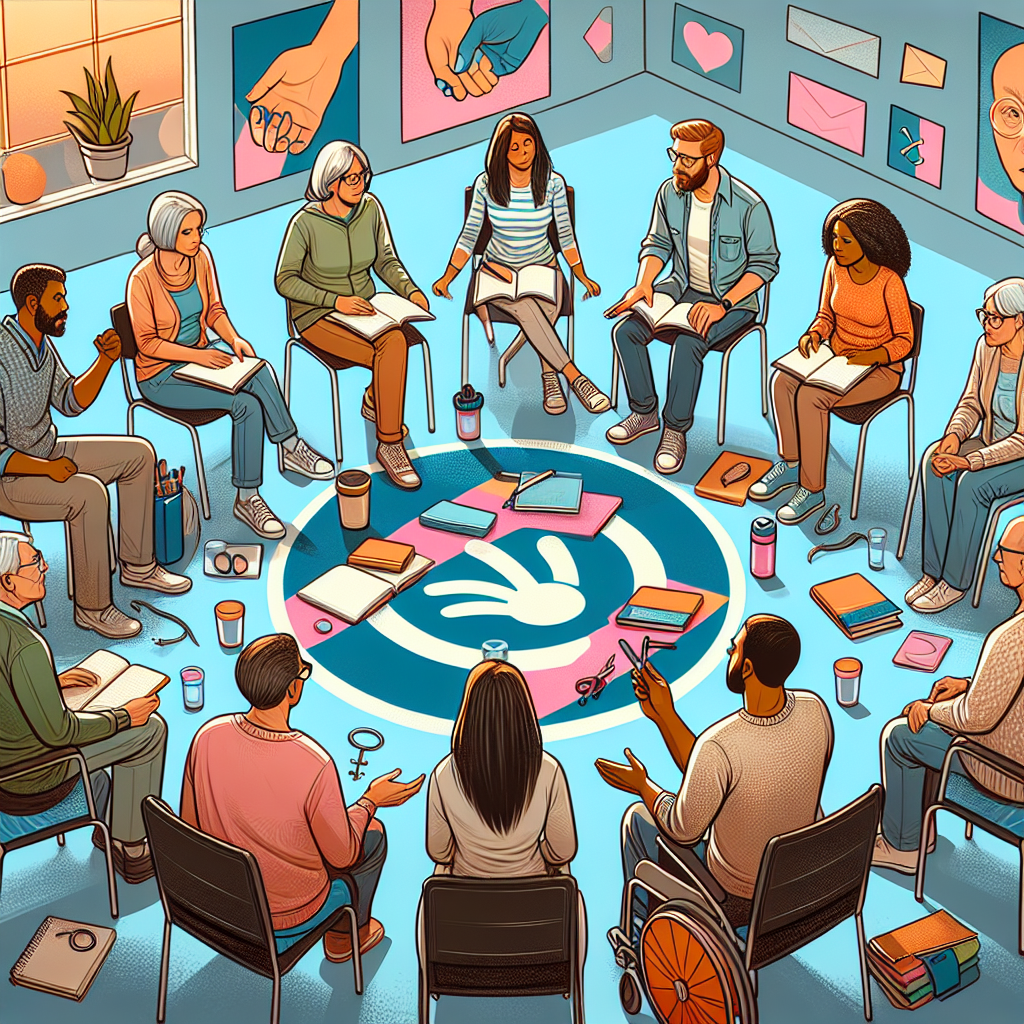
Introduction
Imagine waking up one day and suddenly struggling to express yourself or understand conversations that once felt effortless. This is the harsh reality for many stroke survivors who experience aphasia—a language disorder that affects communication abilities. Living with Aphasia: Communication Strategies for Stroke Survivors is not just about coping but thriving and establishing meaningful connections. Through this article, we will explore unique strategies, inspiring case studies, and insightful tips that can significantly enhance the quality of life for those affected by aphasia.
Understanding Aphasia
What is Aphasia?
Aphasia is an impairment of language, affecting the production or comprehension of speech and the ability to read or write. It’s commonly caused by strokes, brain injuries, or other neurological conditions. There are several types of aphasia, including:
- Broca’s Aphasia: Characterized by difficulty in speech production; individuals know what they want to say but struggle to form the words.
- Wernicke’s Aphasia: Involves fluent but nonsensical speech; individuals may speak in long, rambling sentences that lack meaning.
- Global Aphasia: A severe form that affects both expressive and receptive language skills.
The Emotional Impact of Aphasia
The emotional toll of aphasia can be profound. Stroke survivors may feel isolated, frustrated, or embarrassed about their communication challenges. Encouragement and understanding from family and friends are crucial in helping them regain confidence.
Effective Communication Strategies
Living with Aphasia: Communication Strategies for Stroke Survivors can open pathways to better interaction. Here are several strategies that cater to different types of aphasia.
1. Simplify the Conversation
Use Short Sentences
Keep sentences brief and straightforward. Avoid complex structures that might confuse the listener.
Example: Instead of saying, "Can you please tell me the time you want to meet for coffee?" try, "What time for coffee?"
2. Visual Aids
Incorporate Images or Symbols
Utilizing pictures or symbols can help convey messages more effectively. A communication board or app with icons can be beneficial.
Case Study: Emma’s Journey
Emma, a 45-year-old stroke survivor, started using a picture board. With simple images representing everyday objects, she could express her needs without feeling overwhelmed by words. This visual support helped Emma feel empowered and engaged in conversations again.
3. Allow Extra Time
Patience is Key
Give the person time to respond. Allowing pauses is vital; frustration can build when they feel rushed.
4. Practice Active Listening
Focus on Nonverbal Cues
Listening involves more than just hearing words. Pay attention to facial expressions, gestures, and tone. Encourage your loved one by nodding and maintaining eye contact to show your engagement.
5. Use Closed Questions
Encourage Simple Responses
Ask questions that can be answered with a "yes" or "no." This limits the communication barrier and promotes interaction.
Example: Instead of "What do you want to eat?" ask "Do you want chicken?"
Enhancing the Home Environment
Creating a supportive environment at home can significantly ease communication challenges.
Organizing Spaces with Labels
Label Everyday Items
Place labels on common household items. This practice reinforces vocabulary and makes everyday tasks smoother.
Creating a Communication-Friendly Zone
Set Up a Quiet Area
Establishing a tranquil space free from distractions encourages better conversation. Soft lighting and comfortable seating can make a world of difference.
Real World Application: Tom’s Story
Tom, a retired teacher who suffered from aphasia after a stroke, found solace in home modifications. With labeled items and a dedicated communication zone, his family engaged him in daily discussions, which helped him practice speech without pressure.
The Role of Support Groups
Finding Community and Understanding
Support groups offer a platform for stroke survivors and caregivers to share experiences, strategies, and stories. Engaging with others facing similar challenges provides emotional support and helpful insights.
Case Study: The Bridge Builders
A local support group named "The Bridge Builders" in a small community has been transformative for stroke survivors. Participants share communication strategies, celebrate progress, and create a sense of camaraderie. Many members report feeling more empowered and less isolated.
Technology as a Tool
Communication Apps for Aphasia
Numerous apps cater to those living with aphasia, incorporating visual tools and speech-to-text functionalities that simplify communication. Examples include:
- Aphasia App
- Speech Assistant AAC
- TalkPath Therapy
Case Study: Sarah’s Experience with Technology
Sarah, diagnosed with Broca’s aphasia, began using the TalkPath app and experienced breakthrough moments. Through practice and consistent usage, she regained her ability to communicate daily needs with her family.
Engaging Family and Friends
Educating Close Ones
Family and friends often play a pivotal role in the recovery process. Educating them about aphasia helps create a supportive atmosphere.
Train Them in Effective Communication Strategies
Families should learn the strategies discussed in this article to help foster smoother conversations and enhance understanding.
Encouraging Open Communication
Encouraging a non-judgmental space for dialogue is vital. Friends should practice patience and openly ask about any communication difficulties.
Conclusion: The Path Forward
Living with Aphasia: Communication Strategies for Stroke Survivors is not simply a set of tactics—it’s a journey of resilience, creativity, and rebuilding connections. While aphasia presents unique challenges, it’s essential to remember that everyone’s journey is different, and progress, however small, is still progress.
Whether through technology, visual aids, or community support, the tools available to stroke survivors today can bridge the gap caused by aphasia. The journey may be long, but with love, understanding, and the right strategies, communication can flourish once more.
FAQs
1. What is the best way to communicate with someone who has aphasia?
Use simple sentences, visual aids, and remain patient, allowing ample time for them to respond.
2. Can aphasia improve over time?
Yes, many individuals see improvements in their communication skills over time, especially with speech therapy and practice.
3. Are there specific exercises to improve language skills?
Yes, engaging in speech and language therapy, practicing word games, and using communication apps can be beneficial.
4. How can I support a loved one with aphasia?
Educate yourself about aphasia, practice patience, and encourage participation in conversations to foster a supportive environment.
5. Is aphasia permanent?
Not necessarily. Improvement is possible depending on various factors, including the severity of the stroke and engagement in therapy.
By understanding and implementing effective communication strategies, families and friends can support stroke survivors in overcoming the everyday challenges posed by aphasia. Let’s commit to making conversations more accessible, enhancing both the quality of life and emotional well-being for those on this journey.














